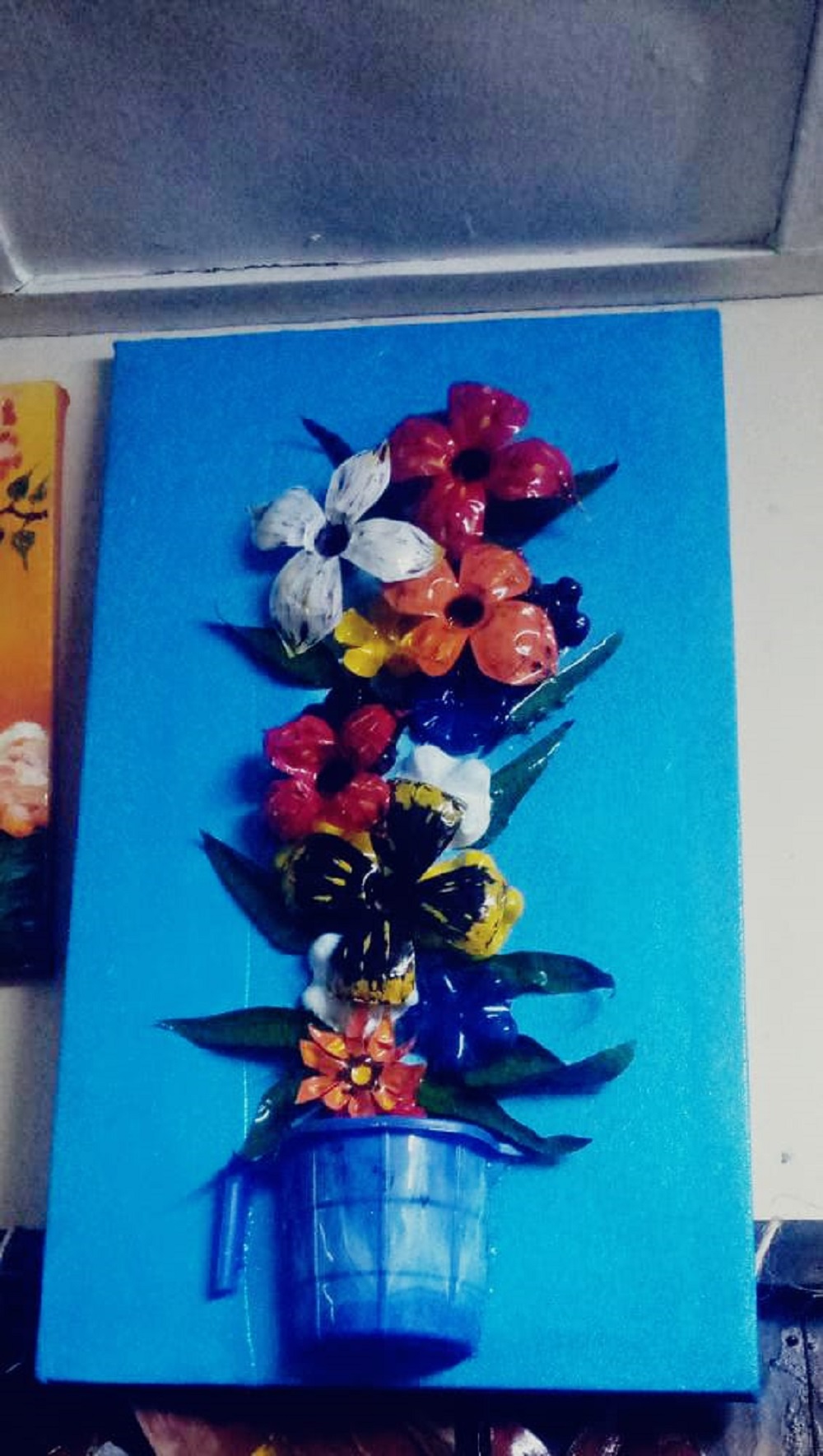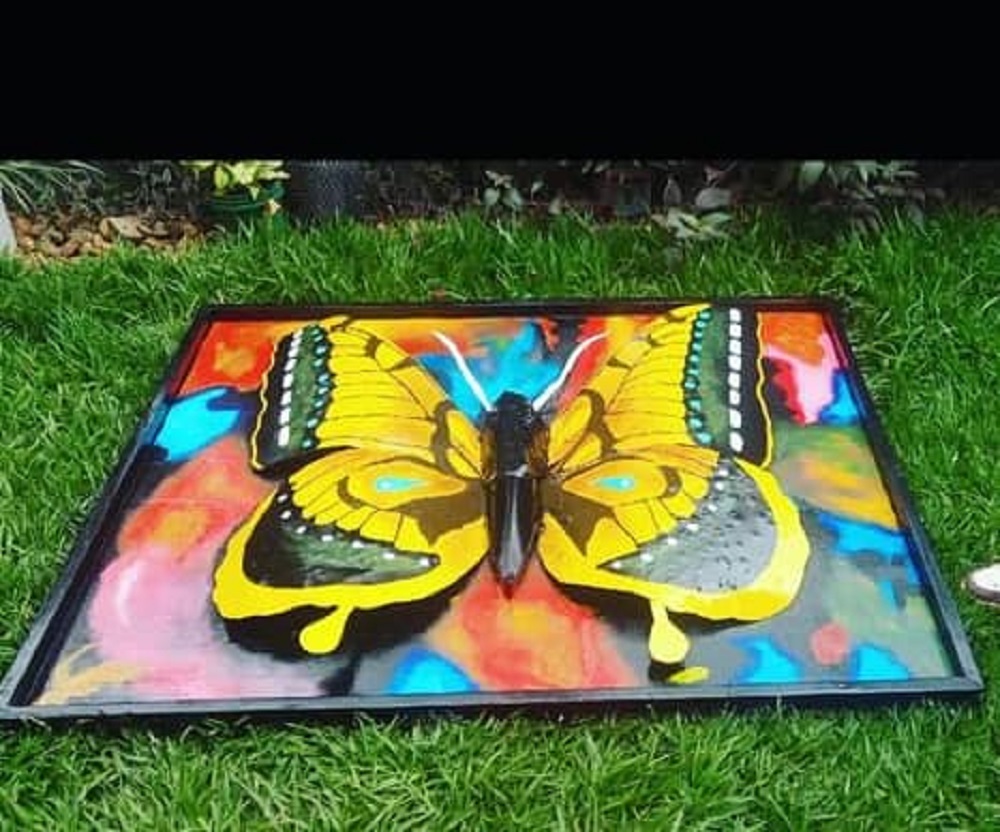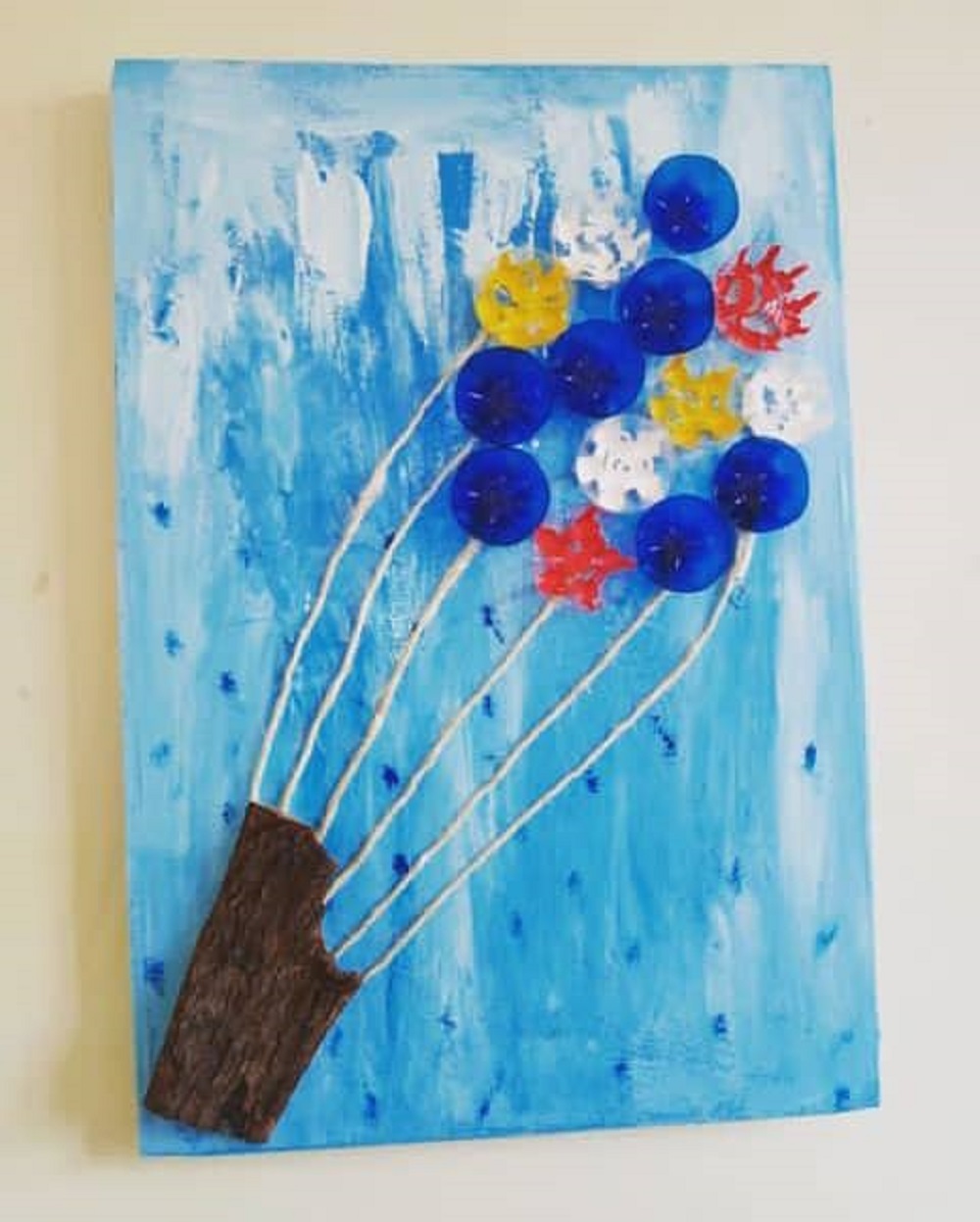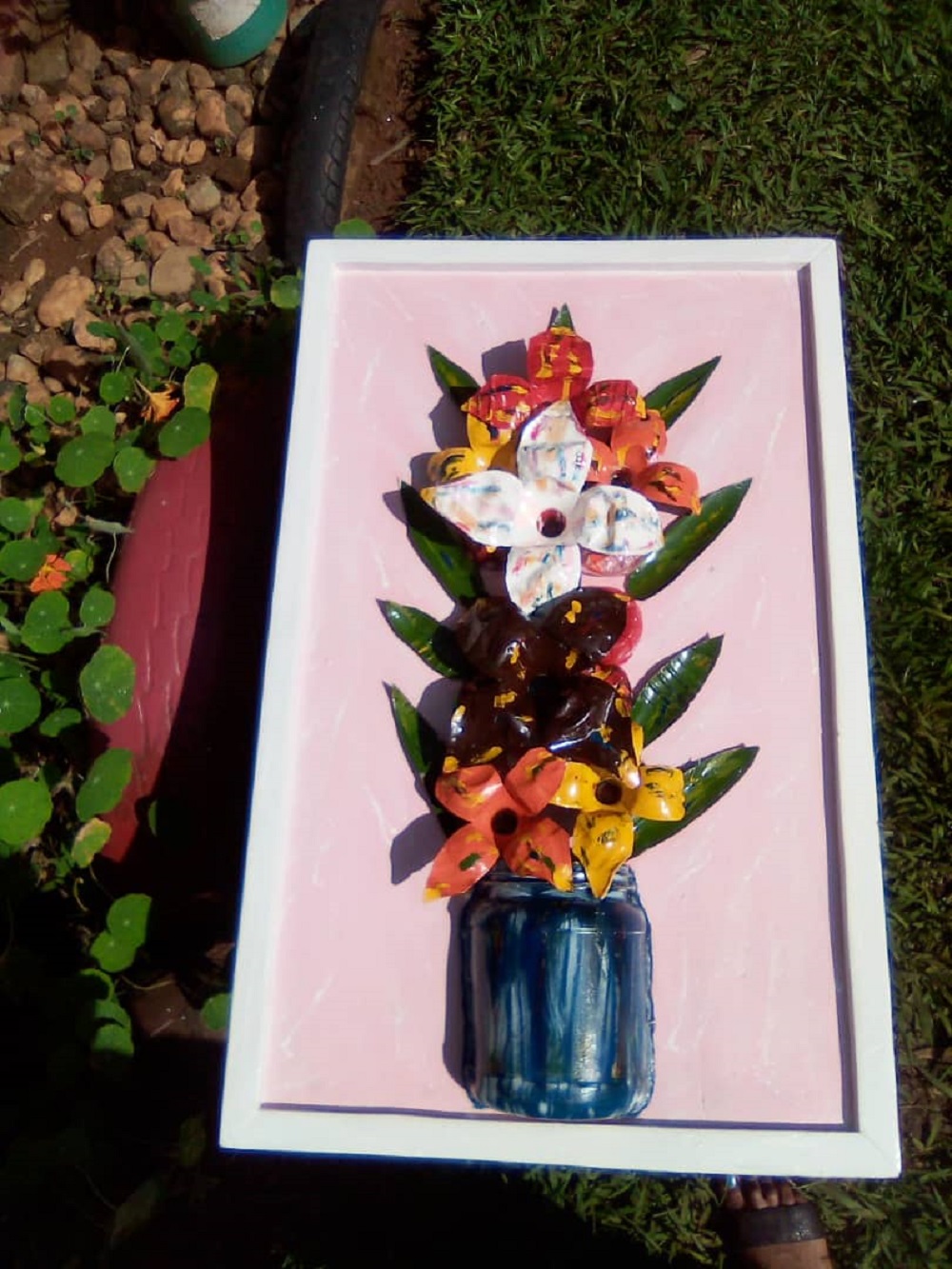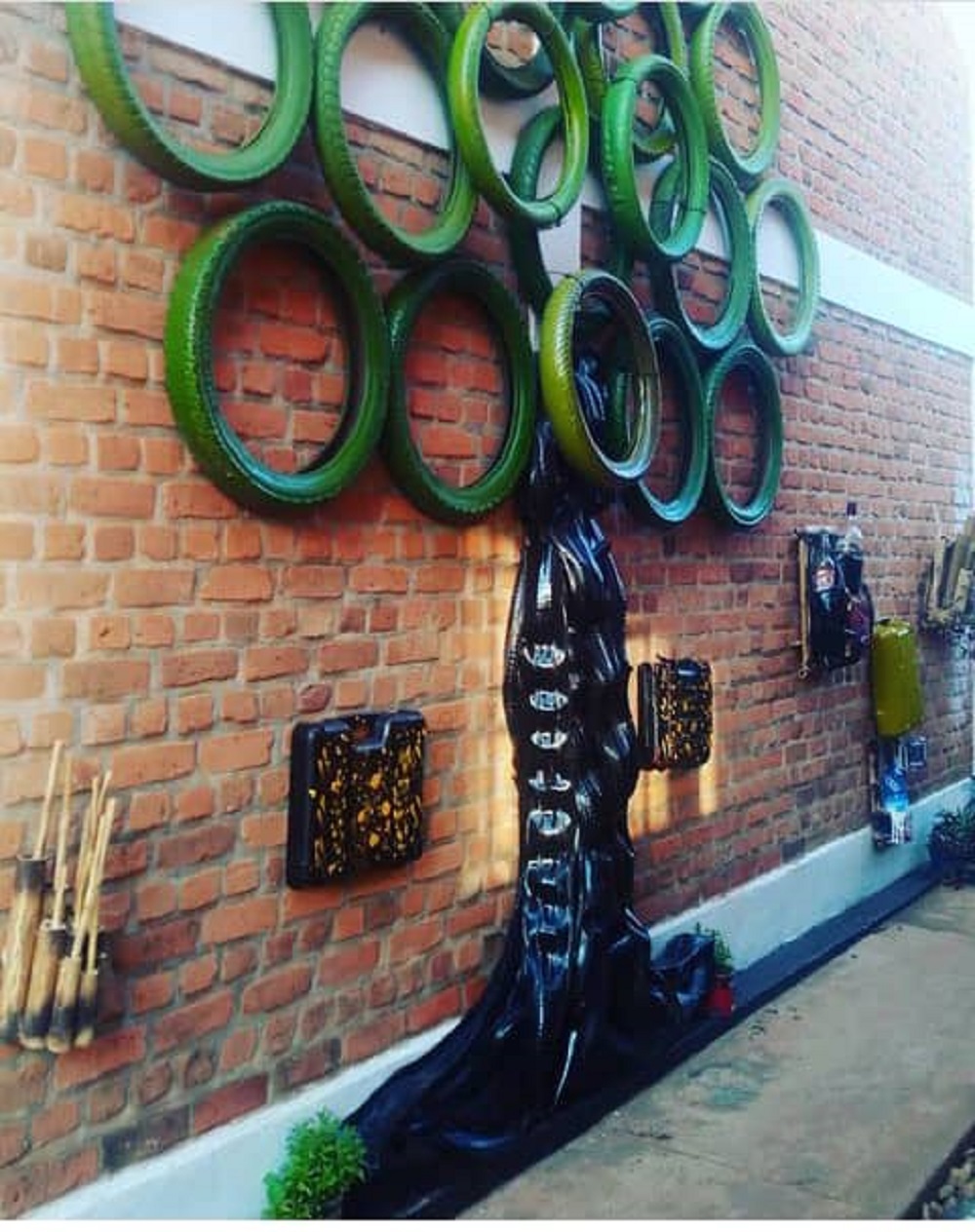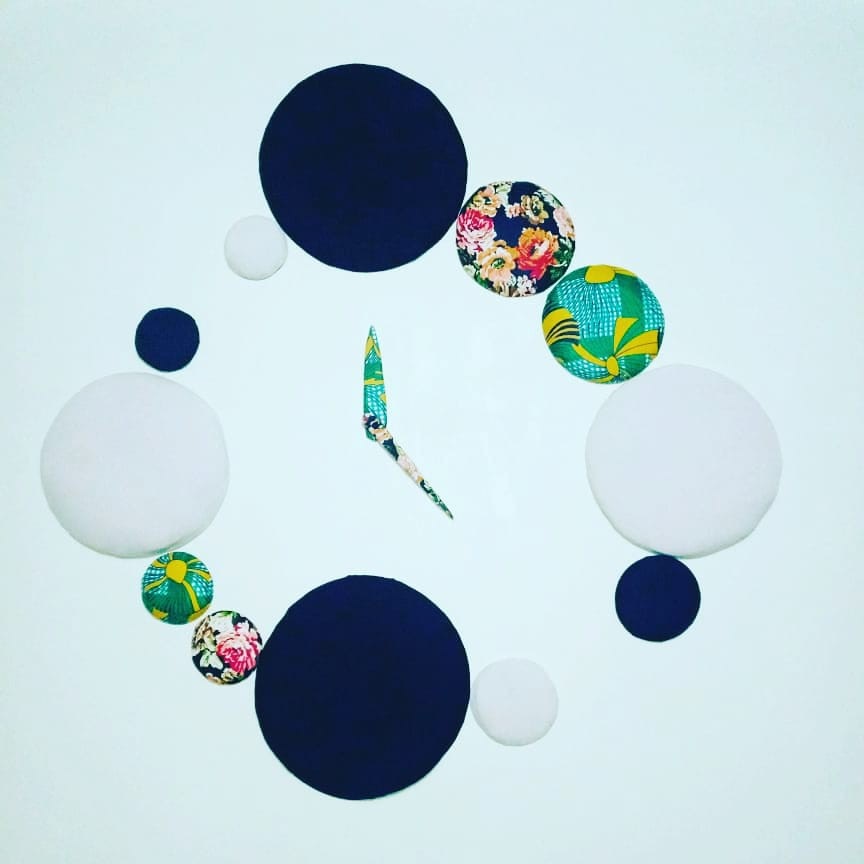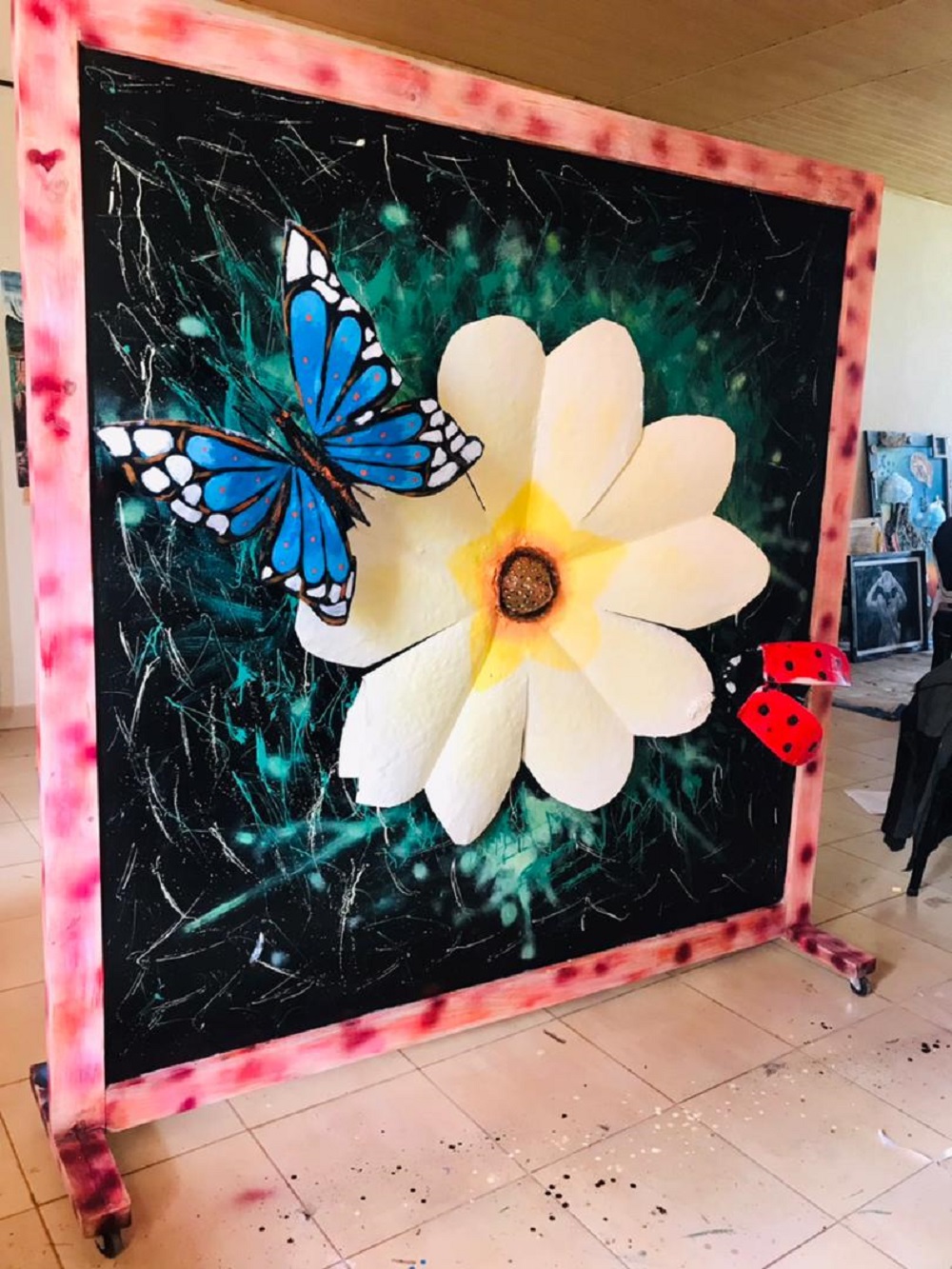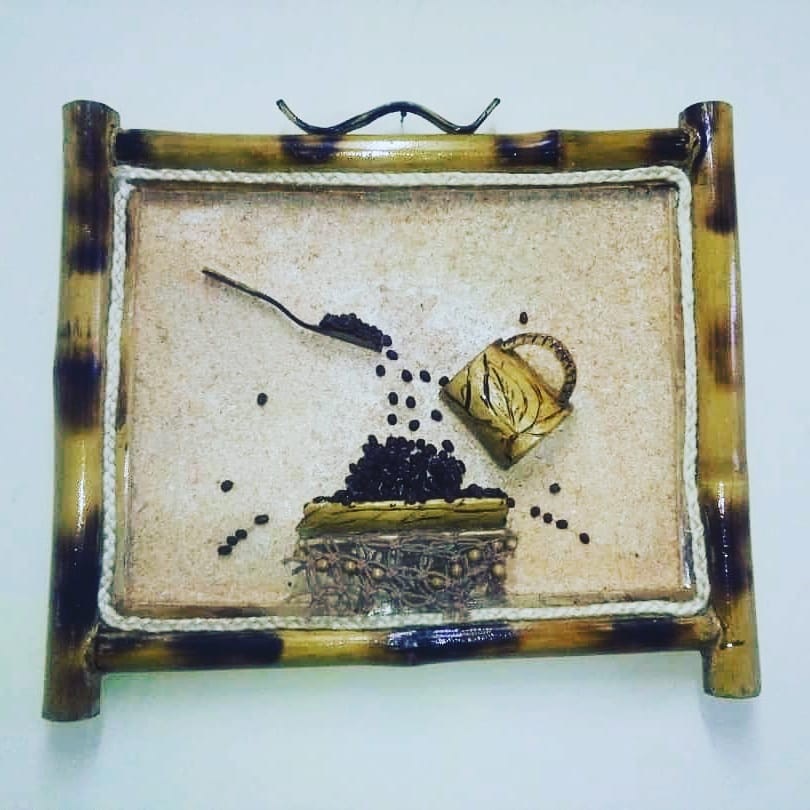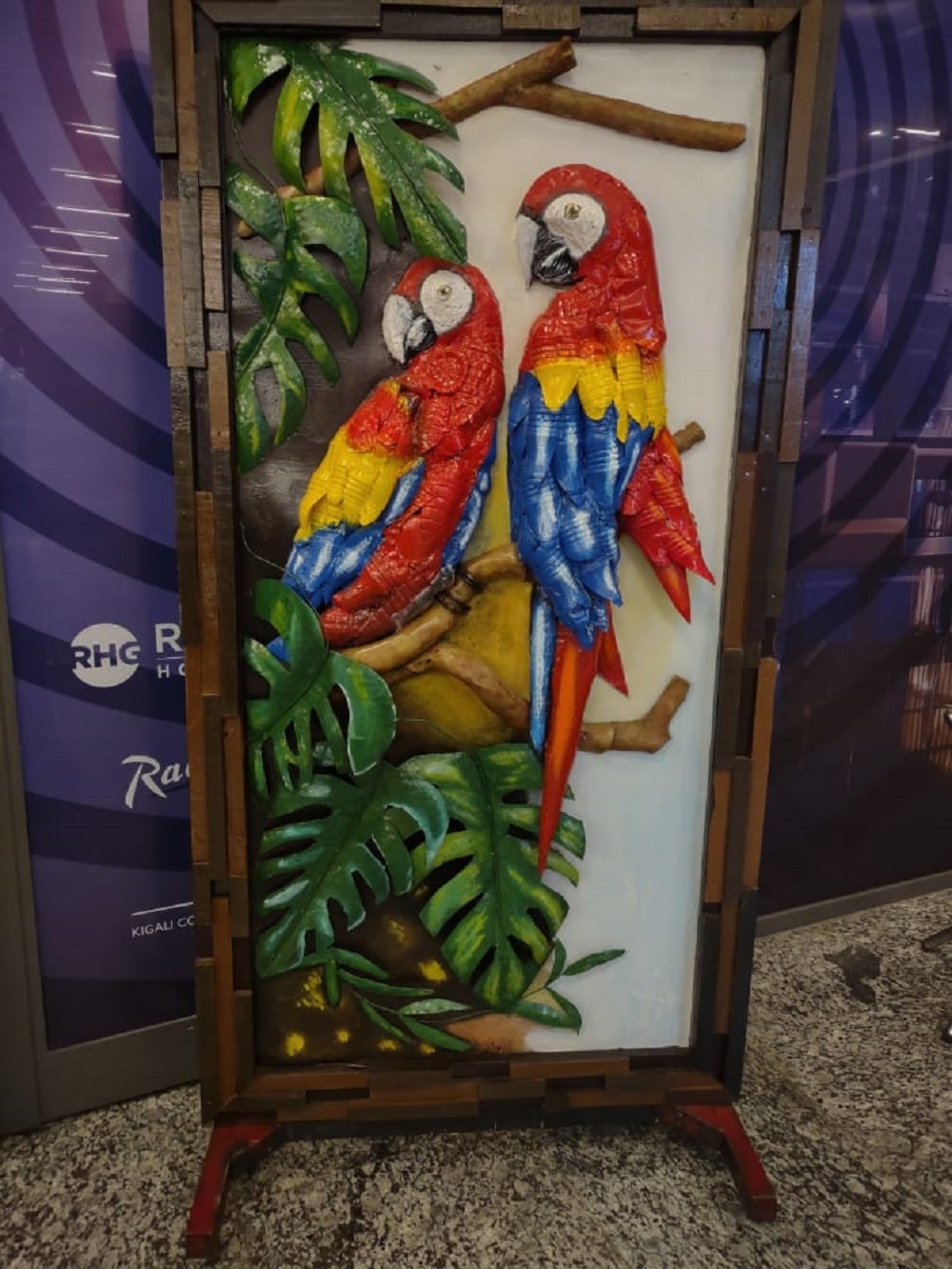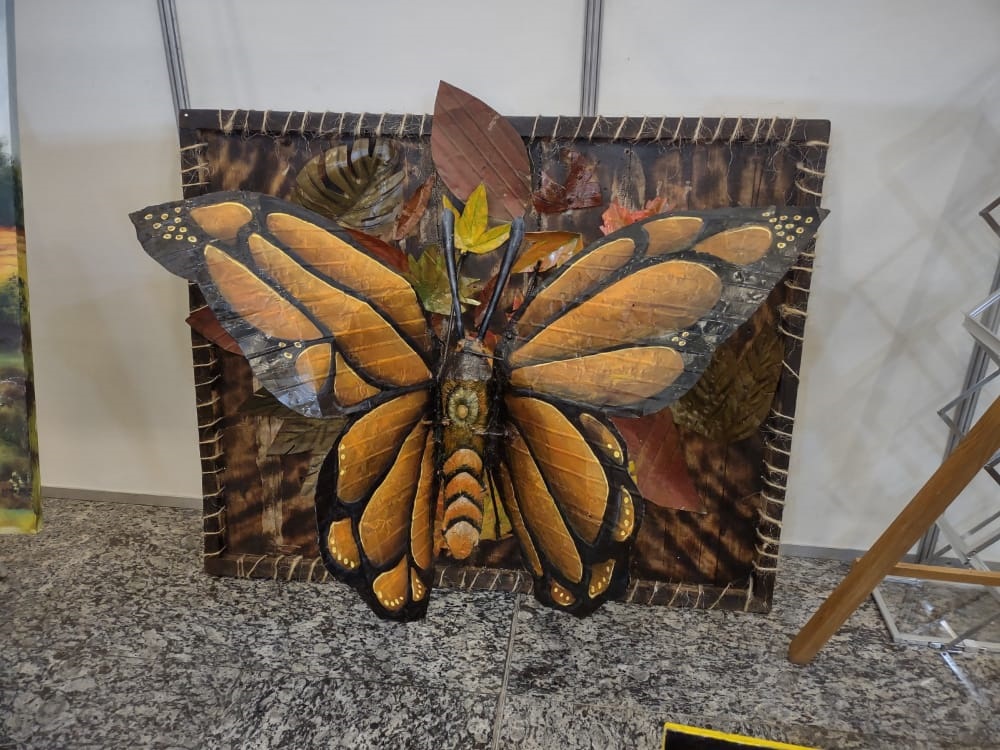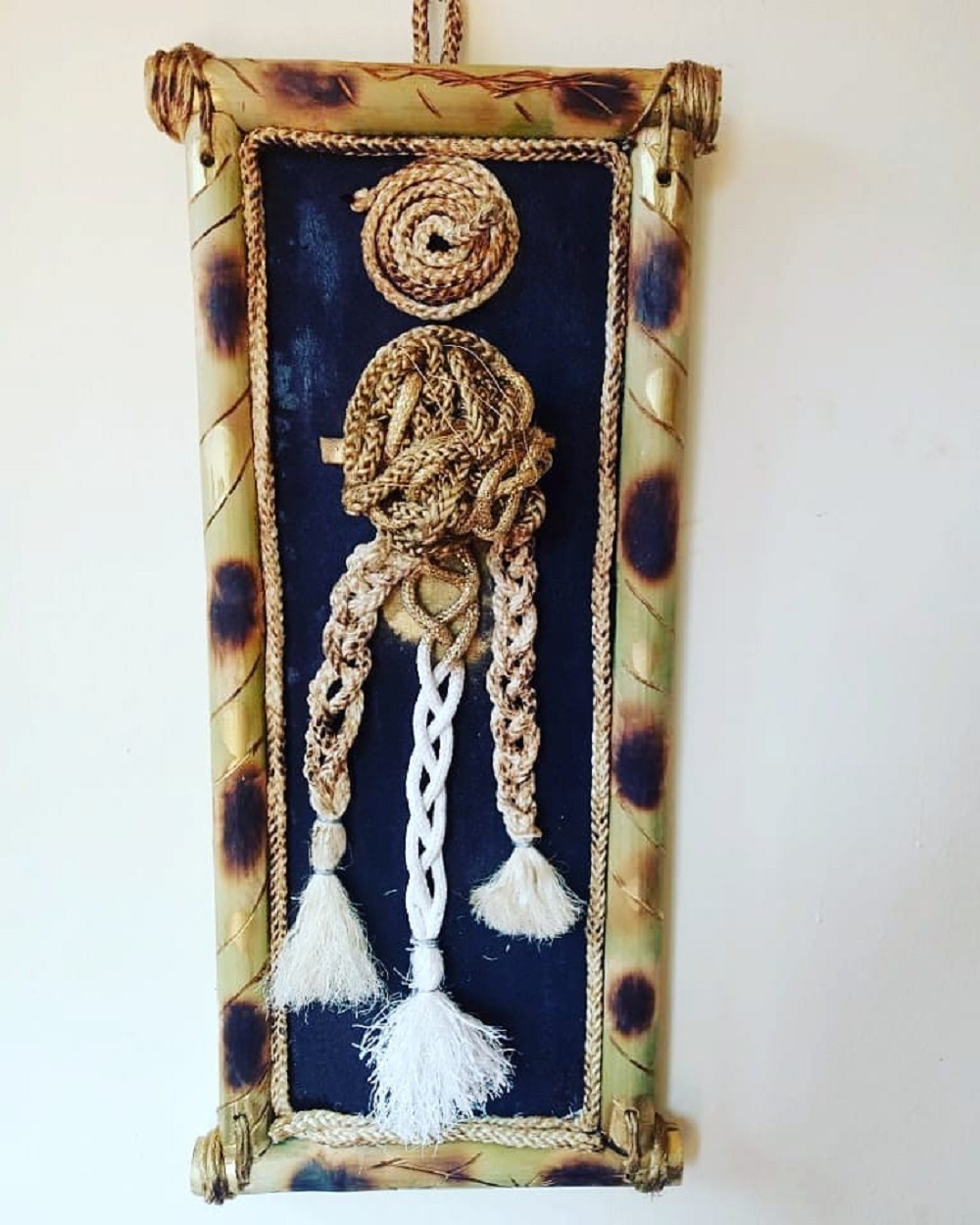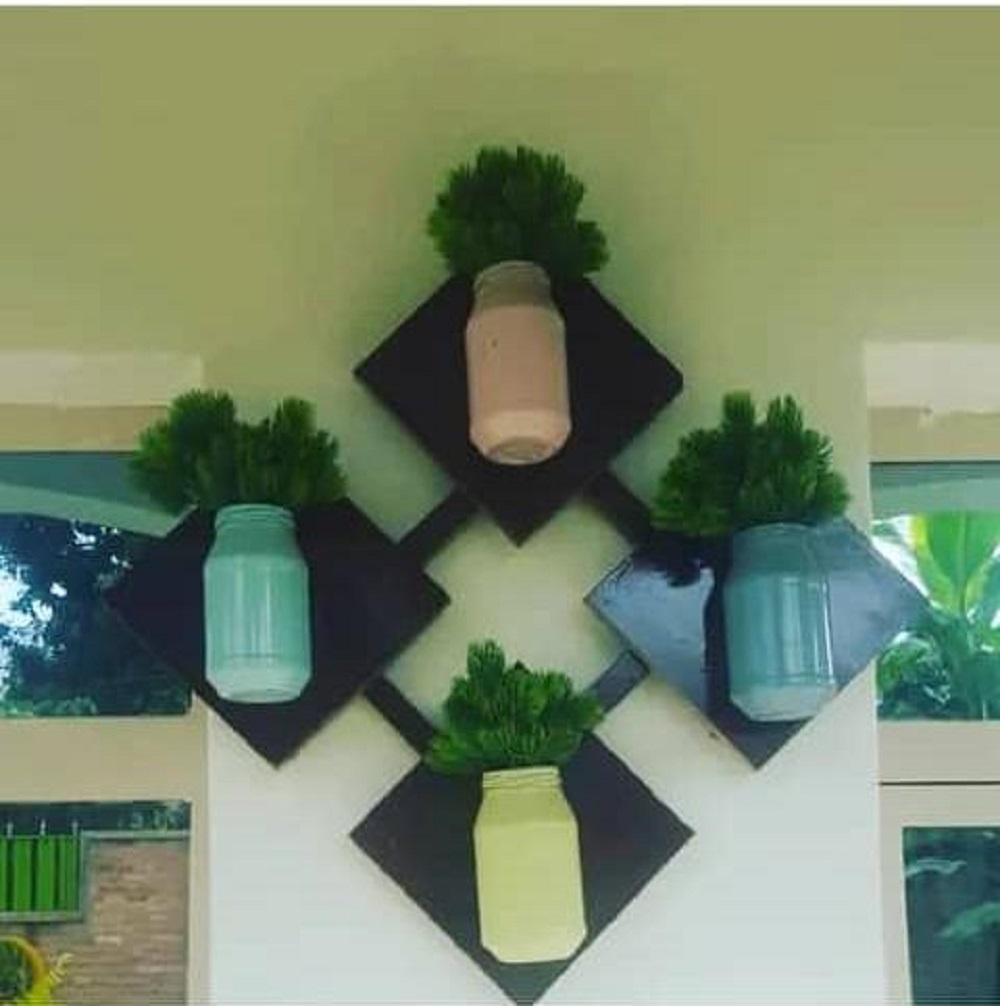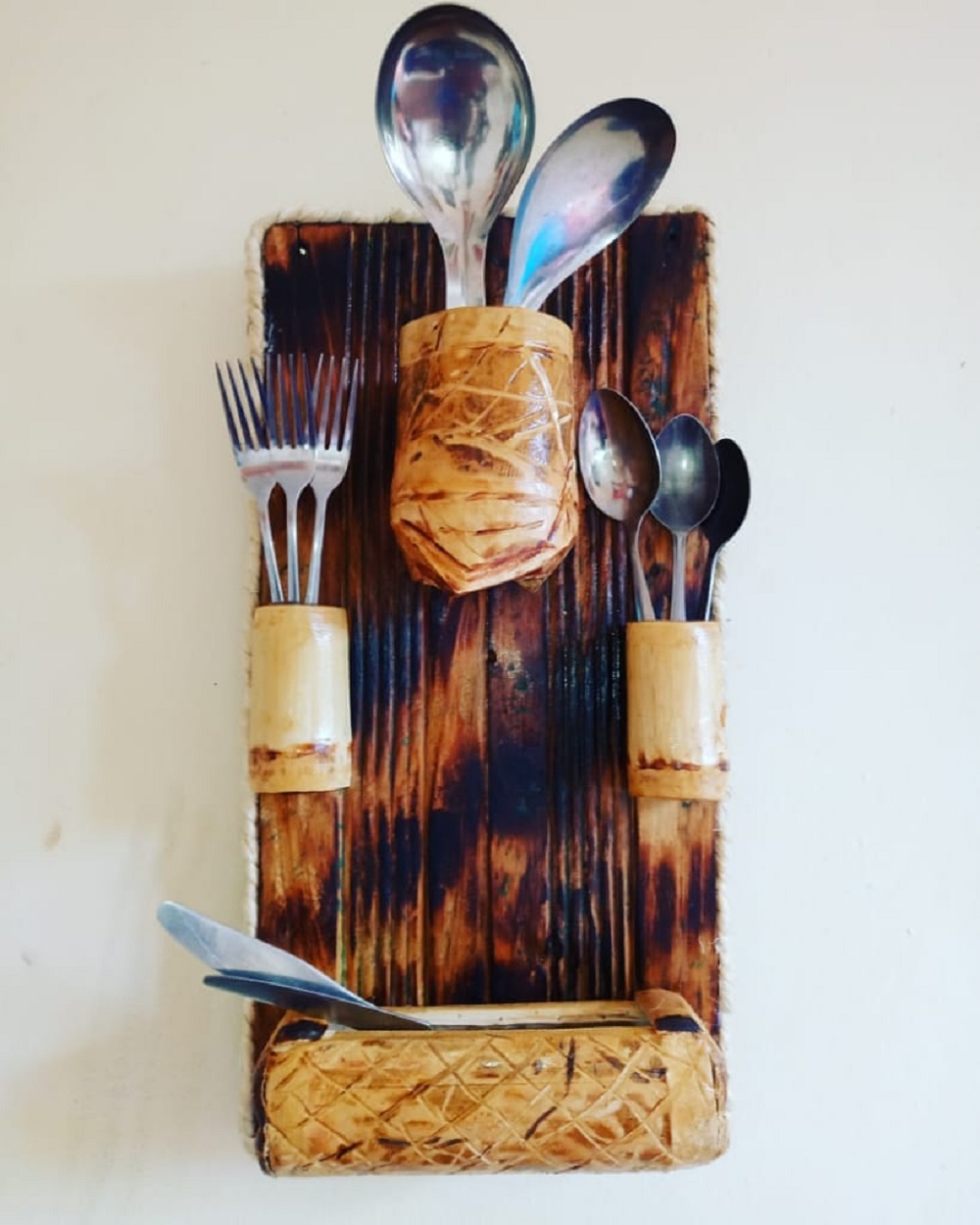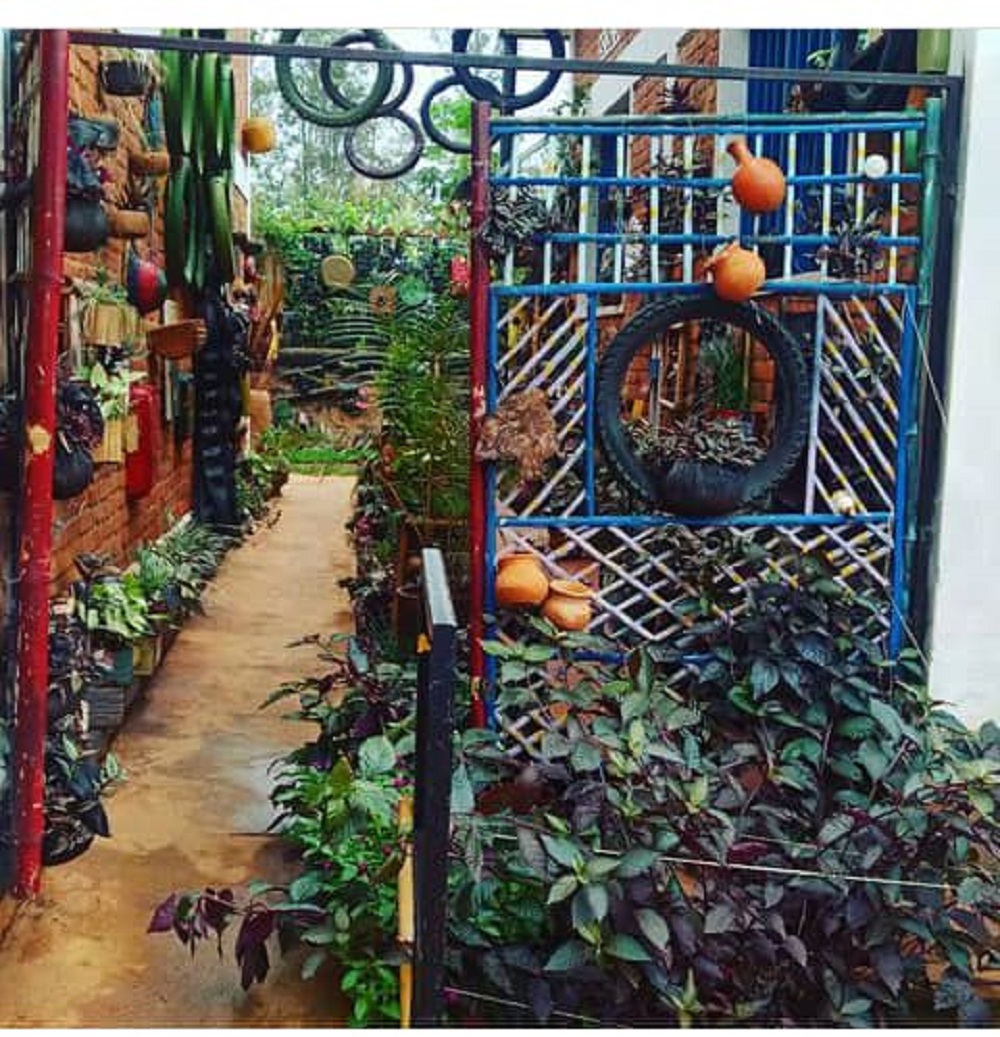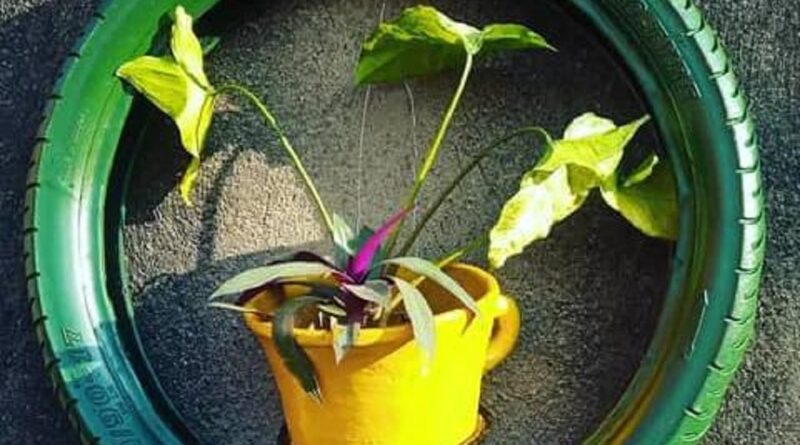How Plastic Waste harms the environment while being transformed into profitable Art pieces(Photos)
Around the world, efforts to protect the environment are gaining momentum, with a particular focus on managing waste — both biodegradable and non-biodegradable. Among these, plastic waste takes center stage, with trailblazers turning it into artistic creations and other useful items.
Research by the United Nations reveals that plastic waste accounts for approximately 85% of the pollution affecting ecosystems, particularly rivers, oceans, and marine life.
At the fifth session of the United Nations Environment Assembly (UNEA 5.2) held in Nairobi, Kenya, a resolution was adopted to create an international agreement targeting pollution caused by single-use plastics. The resolution, jointly proposed by Rwanda and Peru and introduced globally in September 2021, aims to establish a framework for combating plastic pollution — a matter of growing global concern.
Rwanda has already made notable strides in tackling this issue. In 2008, it became one of the first nations to ban plastic bags, and in 2019, the country enacted a law banning single-use plastic items.
Meanwhile, some individuals are supplementing the nation’s efforts by finding innovative ways to repurpose plastic into decorative and artistic items.
The artists of Icyeza ku Ruhimbi craft artworks from discarded plastics, supporting environmental conservation while creating value from waste.
Founded by three artists three years ago, Icyeza ku Ruhimbi is known for its paintings and sculptures made from wood and clay. Recently, they expanded their portfolio to include artistic decorations crafted from plastic, fabric, paper, and other materials typically considered waste, transforming them into pieces that add beauty to home interiors.
In an interview with our source IGIHE, Icyeza ku Ruhimbi’s leader, Usanase Aime Sandrine Sachala, mentioned that when they come across plastic waste on their path, it represents a valuable opportunity rather than mere trash, collecting it as a contribution to cleanliness and environmental protection.
She explained, “Anything we find discarded isn’t just waste to us; it’s valuable. Sometimes, we even place orders for discarded materials to be delivered to us. By removing these items from the environment, we’re also taking away something that harms it.”
Sachala continued, “To see the beauty in an artwork that, on the other hand, contributes positively to society, is something we focused on thoughtfully. We transform things that would otherwise harm us into valuable creations.”
To turn plastic waste into vibrant art, she uses adhesives like ‘Colle’ or ‘super glue’ to attach plastic onto fabric or wood in ways that give the final product both visual appeal and deeper meaning.
The artists operate from an Incubation Center in Masaka, affirming that this form of art has been well-received by visitors, with their works displayed and sold at the Art-Rwanda Ubuhanzi store in Kimihurura.
Their creations range in price from 50,000 Rwandan Francs to 100,000 Rwandan Francs, depending on the size. In addition to benefiting the artists, their work creates employment for people who source these discarded materials, primarily plastics like bottles, tires, and more.
